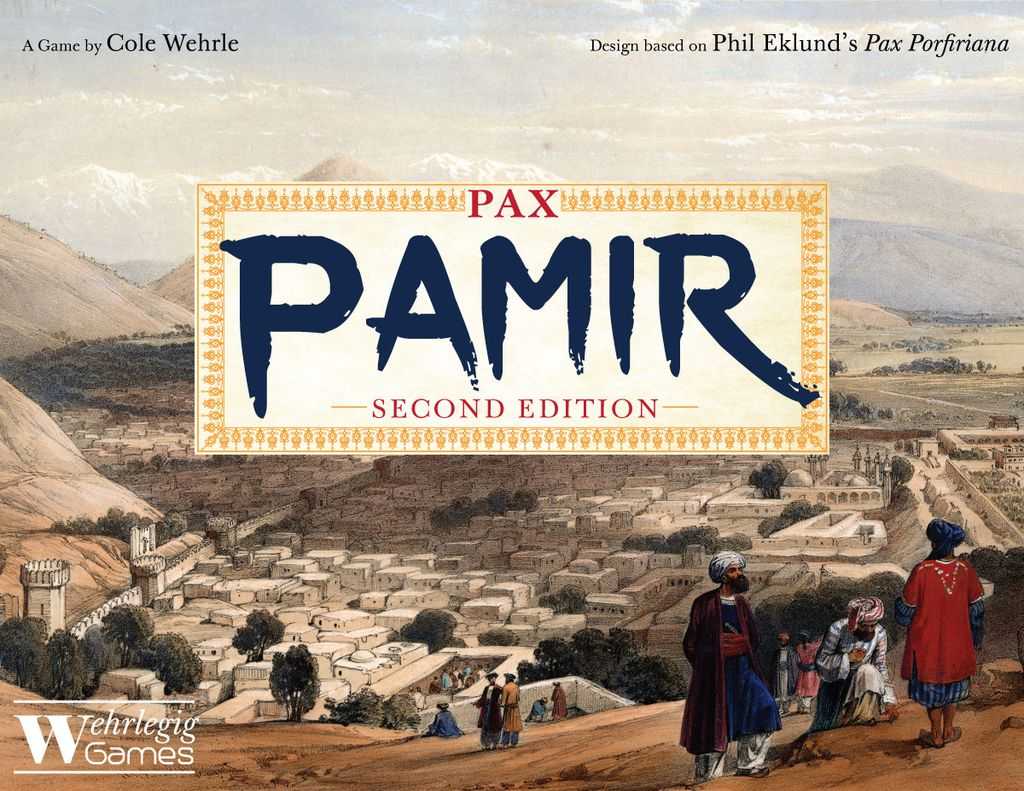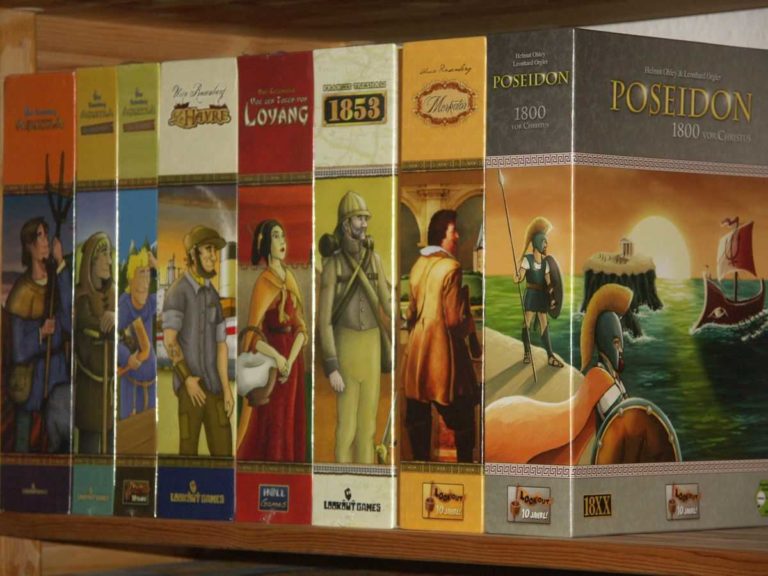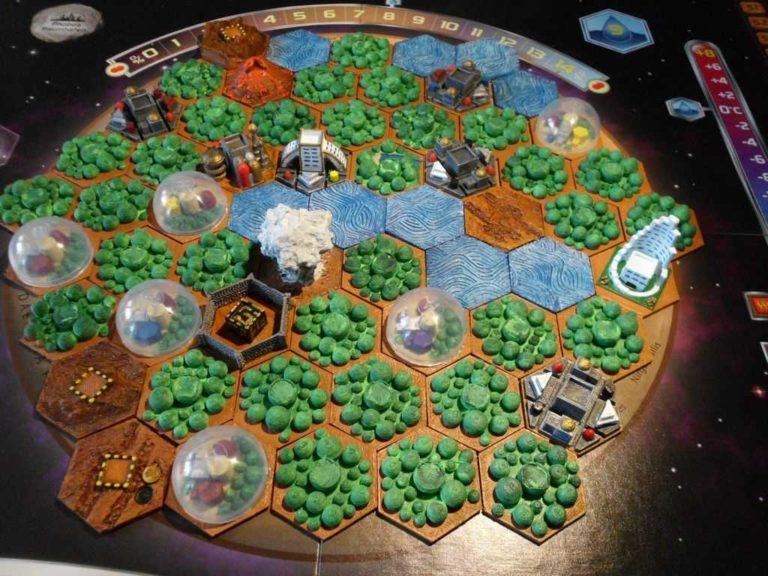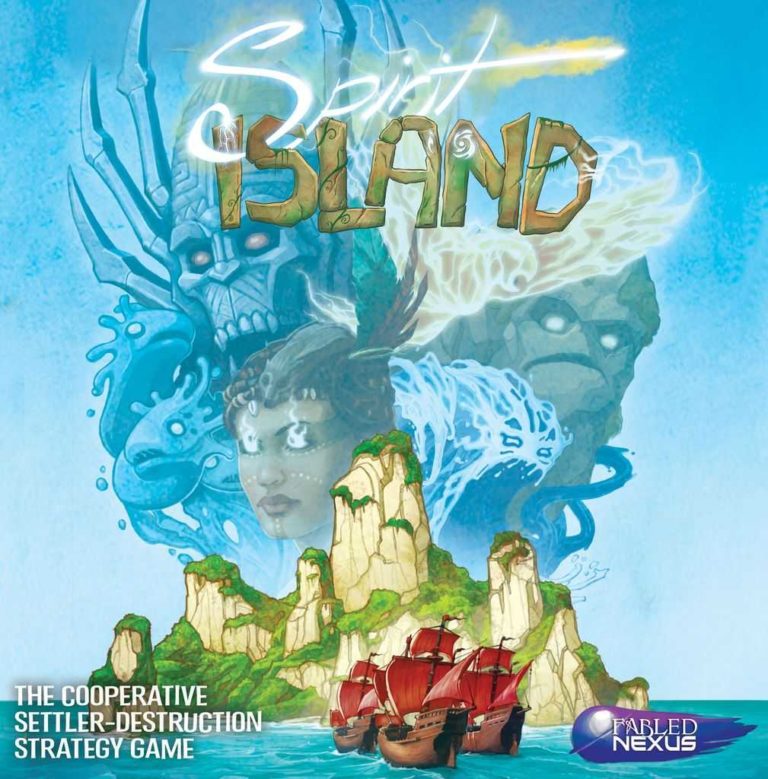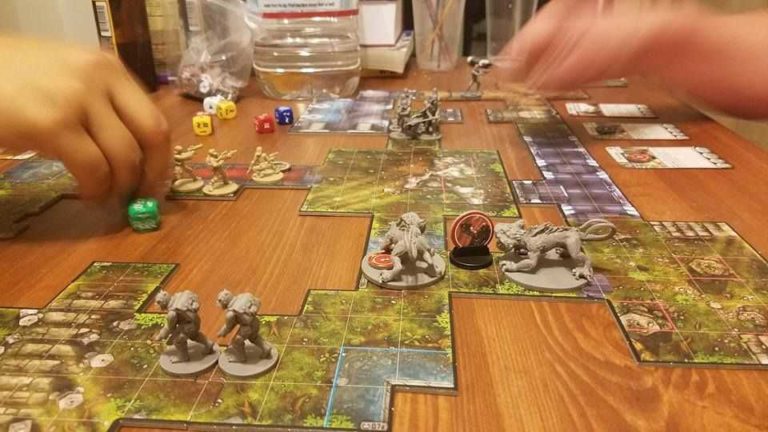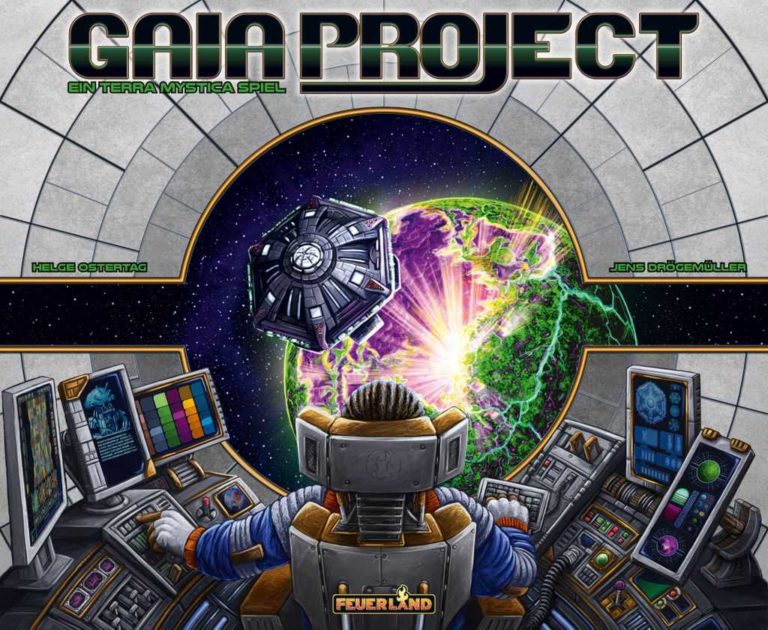In-Depth Pax Pamir: Second Edition Review For Board Gamers
In-Depth Pax Pamir: Second Edition Review For Board Gamers
Ah, the thrill of opening a new board game; the anticipation, the fresh smell of cardboard and ink. I still remember the day I got my hands on Pax Pamir: Second Edition. It was wrapped in a promise of intricate strategies and a deep dive into a slice of history that not many board games dare to explore. Today, I’m elated to share my in-depth Pax Pamir: Second Edition review with you. From the very beginning, it was clear that this wasn’t just going to be any other game. Designed by the talented Cole Wehrle, this game is a masterpiece that blends political intrigue, alliance manipulation, and a fascinating historical theme. The anticipation was palpable as I set up for my first playthrough, eager to delve into what makes this game such a standout.
Key Points:
- Pax Pamir: Second Edition is a strategic board game set in 19th century Afghanistan during The Great Game.
- Players navigate shifting alliances between Britain, Russia, and Afghan states.
- The game emphasizes tableau-building, area control, and alliance management.
- Components are high quality, with detailed artwork and thematic integration.
- Offers solo and multiplayer experiences, with a challenging AI opponent for solo play.
- Strategic depth and replayability are key features, with variability in each game session.
- Pax Pamir: Second Edition stands out for its historical context, dynamic alliance system, and immersive gameplay experience.
During my journey with Pax Pamir: Second Edition, I’ve had the opportunity to experience it through various lenses – solo plays, intense two-player matches, and full table rounds with friends who are just as passionate about board games as I am. Each session unfolded a new layer of the game’s depth, showcasing Wehrle’s prowess in game design. It’s not just a game; it’s a conversation starter, a way to connect and an exciting foray into the intricacies of Afghan politics during The Great Game. Join me as we dive deep into the world of Pax Pamir: Second Edition, exploring its mechanics, components, aesthetic beauty, and the strategic depth that makes each game a new adventure.
Unveiling Pax Pamir: Second Edition
At its core, Pax Pamir: Second Edition is a tableau-building game set against the tumultuous backdrop of 19th century Afghanistan, a period known as The Great Game. This game invites players to immerse themselves not just in the strategies and actions required to win, but in the historical significance that each piece, card, and faction represents. It’s a game that demands attention and rewards those who delve into its intricacies with rich, multifaceted gameplay.
Overview of the Game
Pax Pamir: Second Edition casts players as Afghan leaders navigating the treacherous waters of shifting alliances amongst the major powers of Britain, Russia, and the Afghan states. The game is played on a beautifully illustrated map of the region, where players vie for control and influence through spies, tribes, armies, and political maneuvering. At its heart, the game revolves around a dynamic market system, where cards serve multiple purposes – they can be added to your tableau for their benefits, used to deploy forces on the map, or kept in hand for their powerful one-off effects. The game‘s elegance lies in the way these choices weave together to form a tapestry of potential paths to victory.
Each player is tasked with building a coalition of forces and influence; however, the true genius of Pax Pamir comes from its dominance checks – pivotal moments in the game that determine which coalition has the upper hand, awarding victory points accordingly. It’s a dance of power, betrayal, and diplomacy, with the ever-present threat of rival players waiting to capitalize on any sign of weakness.
The true genius of Pax Pamir lies in its dynamic market system and dominance checks, creating a tapestry of potential paths to victory through power, betrayal, and diplomacy.
The Historical Context and Its Significance
Pax Pamir: Second Edition does something remarkable; it brings to life a period of history that is often glossed over, doing so with a sense of respect and intrigue. Cole Wehrle has meticulously woven real historical events and figures into the fabric of the game, challenging players not just to win but to reflect on the real-world implications of their actions within the game. This historical context elevates Pax Pamir: Second Edition from a mere strategy game to a narrative experience, where each game session tells a story of alliances, conflicts, and the quest for influence in a region caught between empires.
The Great Game, the protracted struggle for control over Afghanistan between Britain and Russia, serves as the perfect setting for this game. As players engage in this historical tableau, they are invited to ponder the costs and consequences of empire and colonialism. The game doesn’t shy away from the complexity of its historical backdrop, instead embracing it to provide depth and context to the gameplay. It’s a rare treat to find a game that not only challenges your strategic thinking but also your perspective on history and the forces that shape it.
The Core Mechanics of Pax Pamir: Second Edition
Delving into the core mechanics of Pax Pamir: Second Edition reveals a game that is as intricate as the historical period it represents. At its heart, Pax Pamir is a balance between tableau building, area control, and alliance management. Players must navigate the shifting sands of loyalty and power, always with an eye towards the dominance checks that punctuate the game state and can abruptly shift the balance of power.

Gameplay and Turn Structure
In Pax Pamir: Second Edition, the gameplay is streamlined yet deep, with players taking one of several possible actions on their turn to expand their influence and control. Players can purchase cards from the central market, deploy spies and tribes to the map, build roads and armies, or trigger special events through the cards in their hand. The beauty of the turn structure is its simplicity, allowing for a smooth game flow while hiding a wealth of strategic depth beneath the surface.
Each action a player takes can dramatically alter the game state, forcing everyone to remain adaptable and vigilant. The market plays a crucial role in the game, both as a source of new cards for your tableau and as a ticking clock, with the threat of dominance checks lurking within. Choosing which actions to take and when to take them is a delicate balance, as overextending could lead to vulnerability, while too much caution might see you left behind in the race for dominance.
Players in Pax Pamir: Second Edition must carefully balance their actions and timing to navigate the strategic depth hidden beneath the game’s streamlined turn structure.
The Role of Alliances and Betrayal
Pax Pamir: Second Edition thrives on the dynamic interplay between players, where alliances are as fluid as the mountain rivers of Afghanistan. Players must constantly assess their position within the evolving landscape of the game, deciding when to support a faction, when to oppose it, and, most deliciously, when to betray it. The tension of potential betrayal adds an electrifying layer to every play, elevating the strategy to a deeply personal level.
The game ingeniously simulates the historical rivalries and shifts in allegiance that characterized The Great Game, compelling players to negotiate, plot, and scheme their way to victory. Allegiances can change with a single turn, turning former allies into enemies and reshaping the strategic landscape. It’s this aspect of Pax Pamir that often leads to the most memorable moments and stories, as players recount tales of unexpected betrayals and clever maneuvers that changed the course of the game.
Components and Aesthetics
Upon opening the box of Pax Pamir: Second Edition, one is immediately struck by the beauty and quality of the components within. Wehrle and his team have spared no expense in bringing the rich historical theme of the game to life, from the intricately designed cards to the tactile resin blocks representing armies and roads. The attention to detail is evident in every piece, creating an immersive experience that draws players into the world of 19th century Afghanistan.
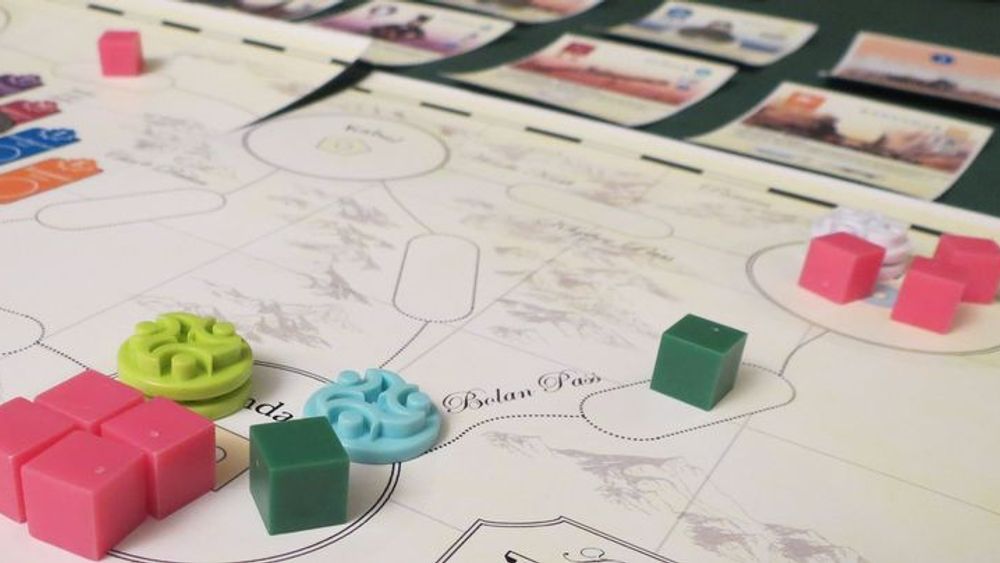
Quality of Game Components
The components of Pax Pamir: Second Edition are nothing short of breathtaking. From the moment you unbox the game, the quality of materials asserts itself. The resin blocks used for armies and roads, in particular, add a weighty presence on the board, making each action feel significant. The deck of cards, a central element of the game, boasts stunning artwork and design, meticulously integrating theme and history into every card.
The cloth map upon which the game is played is not only beautiful but also practical, providing a striking surface for the ebbs and flows of players’ strategies and conflicts. The components do more than simply serve the gameplay; they enhance it, offering a tactile and visual experience that elevates Pax Pamir: Second Edition above many other board games in terms of aesthetic appeal and theme integration.
Artwork and Theme Integration
When you first lay eyes on Pax Pamir: Second Edition, it’s immediately clear that Cole Wehrle and the team poured their hearts into every aspect of the game’s design. The artwork isn’t just beautiful; it’s evocative, drawing players into the political and military tumult of 19th-century Afghanistan with every card and piece on the board. Each element, from the map that forms the heart of the game’s landscape to the individual cards representing leaders and forces at play, feels like a piece of history in your hands. This attention to detail makes every game session not just a battle for influence and control but a deep dive into a pivotal historical era.
The way the theme integrates with the gameplay in Pax Pamir is nothing short of masterful. The factions, whether you’re aligning with Britain, Russia, or the native Afghan tribes, aren’t just abstract powers vying for dominance; they’re manifestations of the real political alliances and rivalries that shaped the region’s history. The game makes these historical concepts tangible, as players navigate the intricate web of loyalty and betrayal that characterized the Great Game. The theme enriches the strategic depth, making every decision feel weighted with historical significance. Theme and mechanics are woven so tightly together that you can’t imagine one without the other, enhancing the overall experience.
Furthermore, artwork and theme integration serve not just to beautify and contextualize but to educate. Pax Pamir: Second Edition bridges the gap between past and present, offering players a unique opportunity to explore history through interactive storytelling. This approach transforms what could be a dry recounting of historical events into a vivid, immersive experience. You’re not just moving armies on a map; you’re influencing the fate of a nation. For those interested in the collision between history and strategy board games, Pax Pamir is a shining example of how deeply a game can immerse you in another time and place, making it a memorable addition to any board game collection.
Strategic Depth and Replayability
The strategic depth of Pax Pamir: Second Edition is deep, begging for multiple plays to fully grasp the breadth of strategies available. Each game unfolds like a tightly wound narrative where players juggle between short-term opportunism and long-term planning. With such an array of strategic avenues – from aligning with different factions to leveraging spies and armies for control of the region – no two games ever feel the same. This variability not only adds to the replayability but also continually challenges players to adapt and rethink their approach. The beauty of its design lies in the balance between complexity and accessibility, making it enticing for veterans and newcomers alike.
Balancing Strategy with Opportunism
In Pax Pamir: Second Edition, balancing strategy with opportunism is crucial for success. Players must plan with a long-term vision, aligning themselves with potentially dominant factions to gain an edge in future dominance checks. Yet, the unpredictable nature of the game state, fueled by the card market and rival players’ decisions, forces a degree of flexibility and adaptability. It’s a delicate dance where rigid adherence to a single strategy can be your downfall, and the ability to pivot based on the evolving landscape can lead to victory.
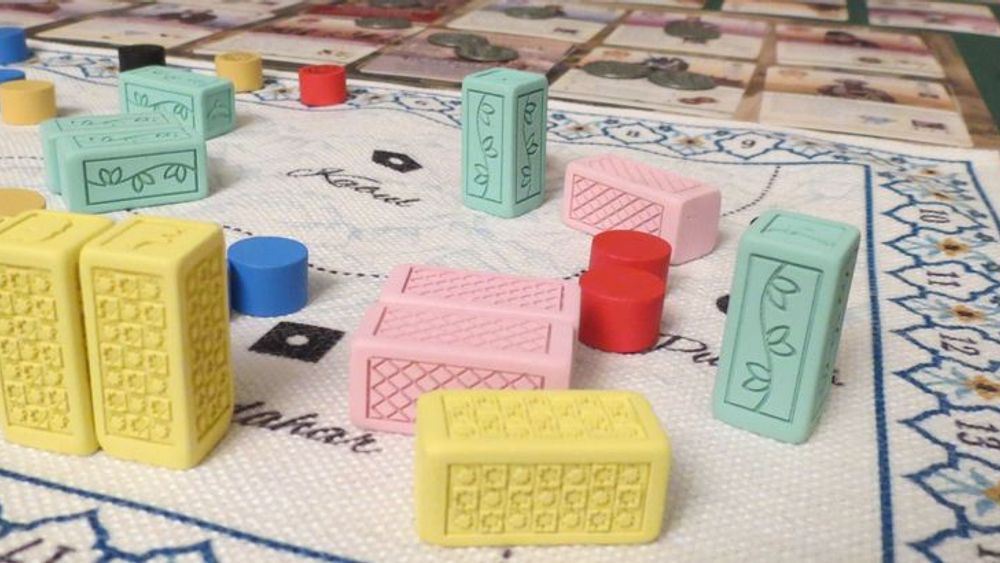
Anticipating others’ moves and reacting appropriately defines the essence of gameplay in Pax Pamir. One moment, you might be solidly in control of a large swathe of the map, only to find your position upended by an unexpected alliance or betrayal. Players learn the value of opportunism – to seize the moment when an advantageous card appears in the market, or when a rival leaves an opening ripe for exploitation. Tactical ingenuity combined with strategic foresight marks the path to becoming a master of the Great Game. Strategic depth comes from knowing when to strike swiftly and when to wait, accumulating forces and influence for the perfect moment to reshape the game’s balance of power.
Balancing strategy with opportunism and adapting to the evolving game state defines success in Pax Pamir: Second Edition.
Variability in Game Sessions
One of the most striking features of Pax Pamir: Second Edition is the high degree of variability in game sessions. The market deck, a dynamically shifting pool of cards, ensures that no two games unfold the same way. This randomness serves as more than just a mechanism to keep gameplay fresh; it challenges players to remain adaptive, testing their ability to thrive under ever-changing conditions.
Moreover, the social dynamics at the table play a significant role in shaping the gameplay experience. The interactions, negotiations, and alliances formed between players add an unpredictable human element that can overturn even the most well-laid plans. Whether you’re engaging in subtle diplomacy or overt control struggles, the game’s social aspect ensures every session offers something new, keeping players constantly engaged and eager to dive back in for more.
Solo and Multiplayer Experience
Diving into Pax Pamir: Second Edition, whether solo or with a group, offers distinct and rewarding experiences. The game has been carefully designed to provide an engaging and challenging adventure, irrespective of the number of participants. In solo play, players are pitted against the Wakhan, a remarkably intelligent non-player opponent that adds a layer of unpredictability and challenge that is often hard to find in solo board game modes. This allows for a deep and immersive experience that can be just as fulfilling as the multiplayer version.
Solo Gameplay Review
Solo gameplay in Pax Pamir: Second Edition is a standout experience, providing an intricate challenge that demands strategic thinking and careful planning. The Wakhan, your AI opponent, operates with a set of rules that mimic human decision-making, presenting a formidable challenge even for seasoned players. It’s fascinating to see how the game’s dynamics shift when playing against the Wakhan; strategies that might work against human opponents need reevaluation and adaptation.
This mode is not just about competing against a set of predetermined actions; it’s about outmaneuvering an opponent that responds to your moves in unexpected ways. The solo experience encourages players to explore different strategies, deepening their understanding of the game’s mechanics and possibilities. It’s a brilliant way to hone your skills, discover new tactics, and appreciate the game’s depth and complexity. Solo play serves as a captivating puzzle that reveals new facets of the game with each session.
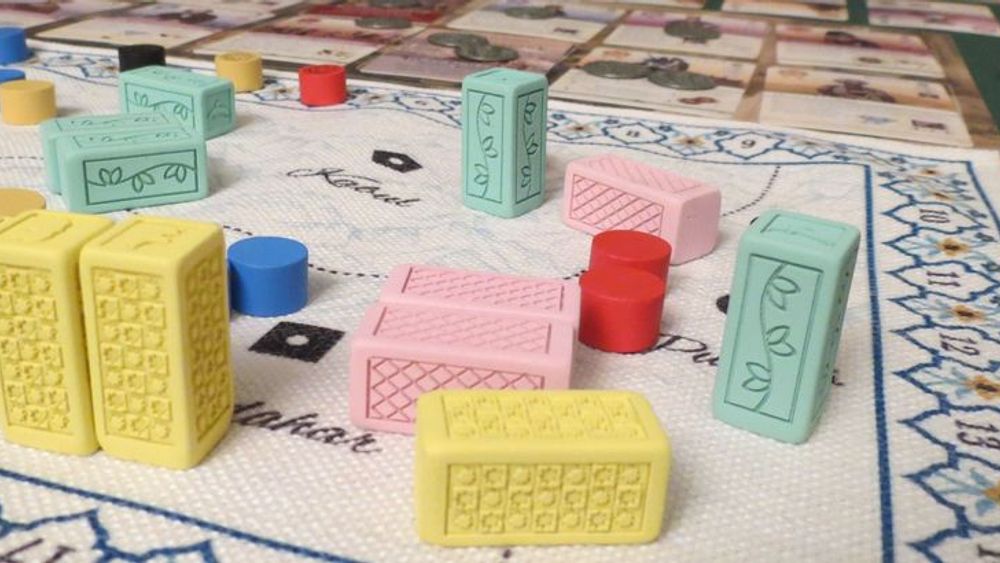
Multiplayer Dynamics and Interaction
The multiplayer experience of Pax Pamir: Second Edition is where the game truly shines, offering a rich tapestry of interaction, negotiation, and betrayal. With hands around the table, echos of alliances forged and broken add a thrilling layer of depth to the gameplay. The role of social interaction cannot be overstated; it’s a game where diplomacy and guile can turn the tide, and where understanding your enemies and friends is as important as mastering the rules.
Each player brings their unique strategy and perspective to the board, creating a dynamic and ever-changing game state. The tension of forming and breaking alliances, the rush of pulling off a strategic coup, and the constant jockeying for position keep every session exciting and unpredictable. This interplay between players ensures no two games are ever the same and highlights Pax Pamir’s incredible capacity for generating memorable, story-worthy moments. The multiplayer experience is a testament to the game’s design, celebrating the joy of connection and competition that board games bring into our lives.
The multiplayer experience of Pax Pamir: Second Edition is enriched by interaction, negotiation, and betrayal, emphasizing the importance of social dynamics in gameplay.
Comparing Pax Pamir: Second Edition to Other Strategy Games
Pax Pamir: Second Edition stands out in the crowded field of strategy board games through its unique blend of historical simulation, intricate gameplay mechanics, and deep strategic depth. Unlike many other game systems, it masterfully integrates theme with gameplay, offering an experience that is as educational as it is entertaining. The balance of power shifts with the whims of coalition-building and betrayal, echoing the historical Great Game in a way that few other games can claim.

What sets Pax Pamir apart is its remarkable capacity for dynamic, player-driven narrative. Where many strategy games focus on resource management and incremental growth, Pax Pamir emphasizes the fluidity of political alliances and the personal ambition of Afghan leaders navigating the turbulent waters of imperialism. It’s this focus on the personal scale within a grand historical backdrop, coupled with Cole Wehrle’s meticulous design and the high quality of the components, that offers a gameplay experience unlike any other. For players looking for a game that combines the cerebral challenge of chess with the unpredictability and intrigue of history, Pax Pamir: Second Edition is an unparalleled choice.
Unique Features that Set It Apart
Diving into the heart of what makes Pax Pamir: Second Edition a standout in the crowded arena of board games, several unique features immediately leap to the forefront. First, the game’s dynamic alliance system is a game-changer. Unlike many others where partnerships are fixed or alliances are flimsy at best, Pax Pamir treats allegiances as fluid and strategic essentials, mirroring the historical shifts in power and loyalty that defined the era it depicts. This system fosters a depth of social interaction and negotiation, elevating the gameplay beyond the physical board and pieces, making every decision impactful and every betrayal a poignant moment in your shared tale.
Another distinctive aspect is the introduction of the Wakhan solo bot, offering a solo gaming experience that’s as enriching as playing with friends. Balancing challenging gameplay with clear, strategic AI, it provides a thrilling challenge for those times when gathering a group isn’t an option, embodying the game’s versatility and Cole Wehrle’s dedication to accessibility and replayability.
Lastly, the integrated theme and mechanics stand out, making the game not just a play for power but a journey through history. The ways in which the game’s structure – through its cards, actions, and the very map you play on – reflects the historical tensions of 19th century Afghanistan is nothing short of masterful. This seamless blend of theme and mechanics not only makes the game an engaging strategy game but also a compelling story in its own right, urging players to delve deeper into the history it’s based upon.
Similar Games and Differing Experiences
When considering the broader landscape of strategic board games, Pax Pamir: Second Edition undoubtedly draws comparisons to other titles, yet it stands distinctly apart in several ways. For instance, Cole Wehrle’s earlier work, John Company, showcases his flair for integrating deep historical themes with compelling gameplay. While both games share a similar commitment to historical depth and complexity, Pax Pamir differentiates itself with its unique focus on the Great Game and its more accessible gameplay mechanics that appeal to a broader audience.
Comparisons can also be drawn to Root, another game designed by Wehrle, which shares Pax Pamir’s intricate balance of power dynamics and alliance-building. However, the experience diverges significantly due to Pax Pamir’s historical framework versus Root’s whimsical woodland setting. While Root focuses on asymmetric warfare among factions with drastically different play styles, Pax Pamir’s emphasis on shifting allegiances and the strategic significance of historical events offers a different kind of strategic depth and replayability.
Furthermore, A Study in Emerald mirrors some of Pax Pamir’s mechanics, such as its deck-building and area control elements. However, Pax Pamir sets itself apart with its historical authenticity and the tangible weight of its theme. The game not only challenges players strategically but also invites them to consider the real historical implications of their actions on the board. This added layer of thematic depth creates a more immersive and thoughtful gaming experience, setting it apart from others within the genre. [1]
FAQs
1. Is Pax Pamir: Second Edition suitable for beginners?
Pax Pamir: Second Edition is moderately suitable for beginners. It has a steep learning curve due to its depth and complexity, but its engaging theme and intuitive design can attract new players willing to invest time in learning its intricacies.
2. How long does a typical game of Pax Pamir: Second Edition last?
A typical game of Pax Pamir: Second Edition lasts around 1.5 to 2 hours. This can vary depending on the number of players and their familiarity with the game.
3. Can Pax Pamir: Second Edition be played competitively?
Yes, Pax Pamir: Second Edition can be played competitively. Its strategic depth and alliance dynamics lend themselves well to competitive play among experienced gamers.
4. What makes Pax Pamir: Second Edition stand out in the genre of historical board games?
What makes Pax Pamir: Second Edition stand out in the genre of historical board games is its deep integration of theme and mechanics, offering players a meaningful insight into the history it depicts while engaging in complex and rewarding gameplay.
Conclusion
Reflecting on this Pax Pamir: Second Edition review, it’s evident that the game is a testament to the beauty of combining rich historical themes with deep strategic gameplay. The unique features that set it apart, like its dynamic alliance mechanics and the seamless integration of theme with game mechanics, make it a compelling title amidst a sea of strategic board games. Each playthrough offers a fresh perspective, not just on strategies to dominate the map, but on the very history that shaped the nations involved.
Delving deeper, comparing Pax Pamir: Second Edition to similar strategic games highlights its distinctive standing further, especially in how it invites players to immerse themselves fully into the uncertainties and alliances of The Great Game. It’s a game that demands attention, rewards patience, and enriches each session with unparalleled depth and historical insight. Whether you’re a seasoned strategist or a curious newcomer, Pax Pamir: Second Edition warrants a place on your gaming shelf, promising hours of engaging gameplay that’s both intellectually stimulating and profoundly enjoyable.
In closing, if this Pax Pamir: Second Edition review has piqued your interest, I highly encourage giving it a try. Prepare to be whisked away to 19th century Afghanistan, where every card play and alliance formed is a step in a much larger journey through history. Until next time, may your gaming table be lively, and your strategies ever cunning. Warm regards and happy gaming,
Lucas
This article uses material from BoardGameGeek and is licensed under the Creative Commons Attribution-Share Alike License.

